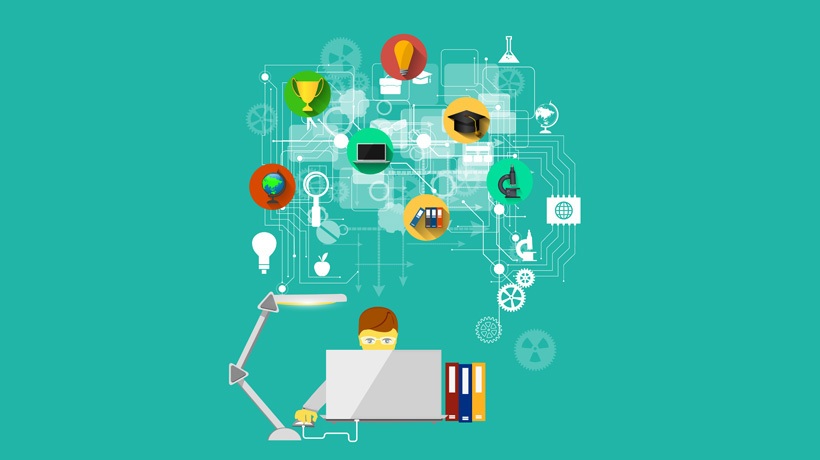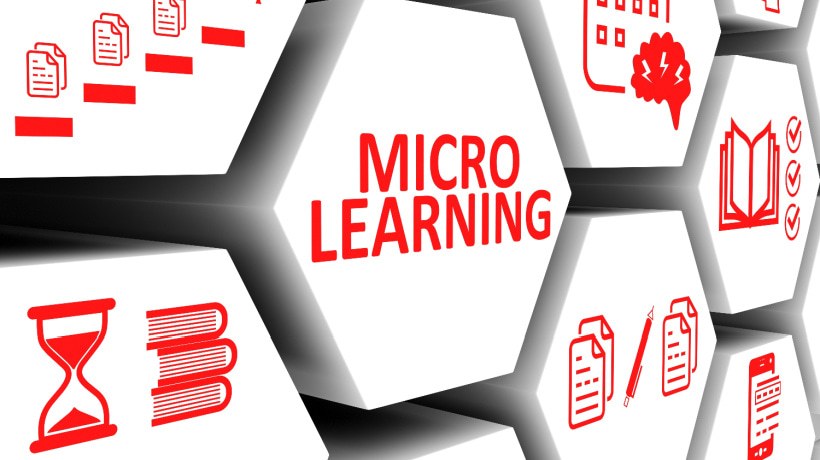Principles Of Knowledge Retention In Microlearning
Microlearning has become a very popular method of employee Learning and Development in recent times, which isn’t decidedly very shocking if you come to think of it. After all, it is an incredibly effective way of learning, retaining, and applying new knowledge, skills or information, while being just the right duration to engage modern learners who don’t have the patience nor the attention span to consume hour-long digital learning courses. Corporate organizations are now quickly getting on board with microlearning, seeing that it is being hailed as an L&D essential in modern times as well as a “sine qua non” for the coming future. However, a number of these organizations are embracing microlearning not because they understand how it works and how it can exactly benefit their employees and their organization, but rather because every other company seems to be doing it. This is a flawed thought process and consequently results in flawed implementation. Microlearning works because it is based on certain principles which reveal how human brains process and remember information, and without fully comprehending these principles, one cannot create effective microlearning. In this article, let us have a look at these principles which explain how microlearning increases knowledge retention.
1. Engagement Increases Retention
One of the reasons microlearning is so effective is that it is designed to be engaging. Its duration, which is limited to 5 minutes, along with a plethora of engagement strategies such as mobile-first learning, video-based learning, gamification, storytelling, challenging content, high-definition visuals, scenarios, and simulations ensure that learners don’t get distracted and pay undivided attention to the microlearning bit. These strategies appeal to an individual’s core compulsions and make microlearning addictive. When learners are engaged and hooked, they are actually interested in the content and thus remember it longer.
2. Humans Learn In Short Bursts Of Information
As mentioned before, microlearning bits take no longer than 5 minutes to consume, which plays off another principle of cognitive science, which is that human beings learn through short bursts of information divided into discrete units. Microlearning gets its name from this very principle, so you can imagine how important it is. Make sure that the content doesn’t lose its coherence in your bid to make the microlearning bit short.
3. Humans Learn Through ''Scaffolding''
Another tenet of microlearning is something known as ''scaffolding,'' which simply means that information is presented to the learner in a progressive fashion. Beginning with the easy stuff, each unit of microlearning gets more challenging and harder as the learner progresses, allowing them to use the knowledge they retained in the previous unit to learn the next, more complex one. Microlearning works great along with adaptive learning precisely because of the principle of scaffolding. Scaffolding, too, is a principle in cognitive science.
4. Spaced Repetition Reinforces Learning
The human brain stores certain bits of information in short-term memory and others in long-term memory. The information in short-term memory is discarded very quickly, within 30 seconds for most people, and within one minute at the most for those with better short-term memories. Information stored in long-term memory can last from a few minutes to a lifetime, based on how often it is recalled. The human brain first stores any information in short-term memory, and then if it is recalled again enough times, in long-term memory. Thus, retention is all about long-term memory, and you can make sure that your brain stores learned information in long-term memory using a technique called spaced repetition, which is exactly what is used in microlearning. Questions are asked to learners in varying formats periodically in a set frequency, using microlearning units to push them to recall information which increases retention of said information in long-term memory.
Thus, microlearning is an effective learning methodology as it engages learners, plays off cognitive science, and reinforces information in a way that makes it easier for learners to recall it at times of need. Now that you have understood the principles on which microlearning stands, use them to create potent microlearning for the employees in your organization to increase their productivity and thus the growth of your organization.










